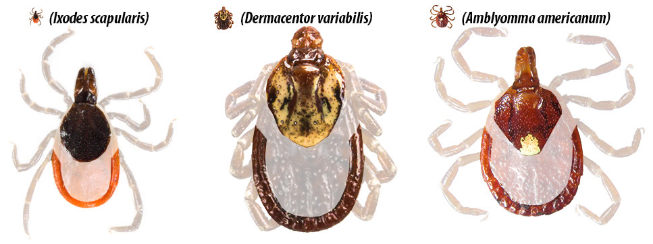
Community Engagement
Faculty have a long term commitment to educating youth in greater Minnesota as well as engaging communities in a citizen science program revolving around Lyme Disease.
Brain Awareness
Initiated in 1996 by the Dana Foundation and the Society for Neuroscience, the Brain Awareness campaign is an international program designed to promote a greater understanding of the brain and its functions, as well as increase public awareness of the benefits and promises of neuroscience research.
The focus of the Brain Awareness program has been arranging presentations in elementary schools throughout Greater Minnesota and Wisconsin with hands-on activities to promote a greater understanding of the brain and nervous system.
If you have questions regarding Brain Awareness or presentation scheduling, please contact, Dr. Janet Fitzakerley at (218) 726-7012 or jfitzake@d.umn.edu.
Kina (Together)
Dr. Anna Wirta-Kosobuski has spent more than 20 years focused on improving Native American science education in Minnesota. In her latest projects, she has teamed up with other Biomedical Sciences faculty to develop informational material for children for healthy living and COVID education with translations into Somali, Hmong, and Spanish. Her long term work with Native American youth at Bois Forte is strengthening health education in the community as well.
HEALTH EDUCATION OUTREACH FOR THE AFRICAN AMERICAN COMMUNITY IN THE NORTHLAND
Dr. Glenn Simmons and Dr. Olihe Okoro in the College of Pharmacy are conducting research to develop community-engaged education interventions for the African American Community in the Northland. Mentorship programs are being developed to engage youth in the community and promote health education and to diversify the healthcare workforce. Healthcare workers have been recruited from across the University of Minnesota and local hospitals and clinics to mentor students with a culturally responsive focus. This will assist students throughout their career development in the healthcare professions.
Lyme Disease: A Northern Minnesota Community Education and Research Program
Lyme Disease is an emerging epidemic in the Upper Midwest. Early identification of Lyme Disease symptoms is paramount to effective medical treatment; knowledge of symptoms, how Lyme Disease spreads, and getting immediate medical treatment is the best prevention.
The goal of this project is to promote awareness of health concerns associated with Lyme Disease and tick-borne diseases in northeast Minnesota’s isolated Arrowhead region. This will be accomplished through educational activities, a citizen-science program, and an undergraduate research experience.
The Ixodes Lifestyle
Dr. Benjamin Clarke's research with Ticks is highlighted below:
In Minnesota you are likely to come across three different hard-bodied ticks: Blacklegged tick (Ixodes scapularis), Common dog tick (Dermacentor variabilis), and the Lone star tick (Amblyomma americanum).

To identify these ticks you need to look at three structures. The Scutum (shield shape) is found on the ventral (top) side of hard-bodied ticks. A dark brown or black scutum is found on Ixodes. A scutum with varied colors of tan, brown, and black is Dermacentor. A scutum with a yellow spot is Amblyomma. Festoons are segmented patterns found on the edge of Dermacentor and Amblyomma, but not Ixodes. Another prominent feature to use for identification is the shape of their mouthparts, or capitulum. The Dermacentorhas a shorter length capitulum compared to Ixodes or Amblyomma. An excellent site to see more details for identification can be found at the TickEncounter Resource Center.